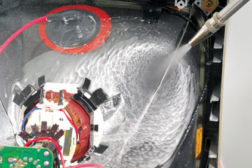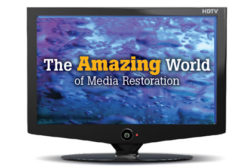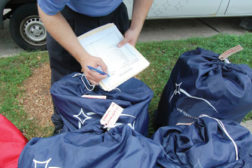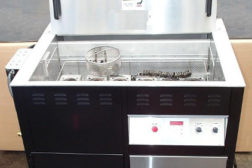Contents Restoration
Ask Annissa: Just How Much Money is there in Contents Restoration?
If you keep your pencil sharp you can see profit margins in the 65-70% range
Read More
Ask Annissa: How Can I Avoid Being the “Middle Man?”
Getting in the middle of a disagreement between the adjuster and the homeowner is a losing situation for the restoration contractor
Read More
Ask Annissa: What Equipment Do I Need For Contents/Structure Cleaning?
There are really only a few pieces that are on the expensive side.
Read More
Ask Annissa: I’m New to the Industry – is that an Issue with Adjusters?
Master the ability to become the adjuster’s solution partner and they won’t care how long you have been in the business
Read More
Get our new eMagazine delivered to your inbox every month.
Stay in the know on the latest disaster restoration and remediation trends.
SUBSCRIBE TODAY!Copyright ©2022. All Rights Reserved BNP Media.
Design, CMS, Hosting & Web Development :: ePublishing









